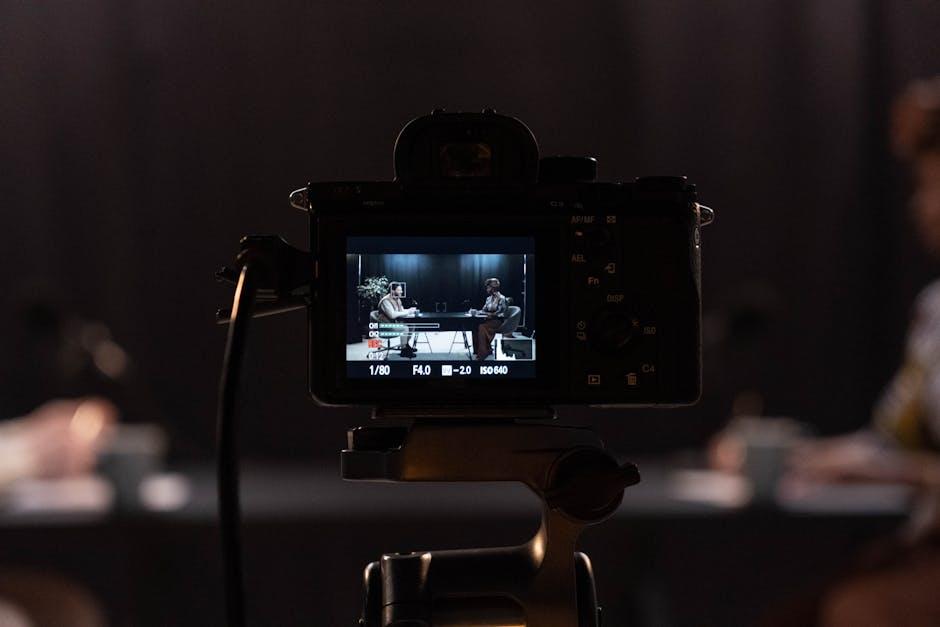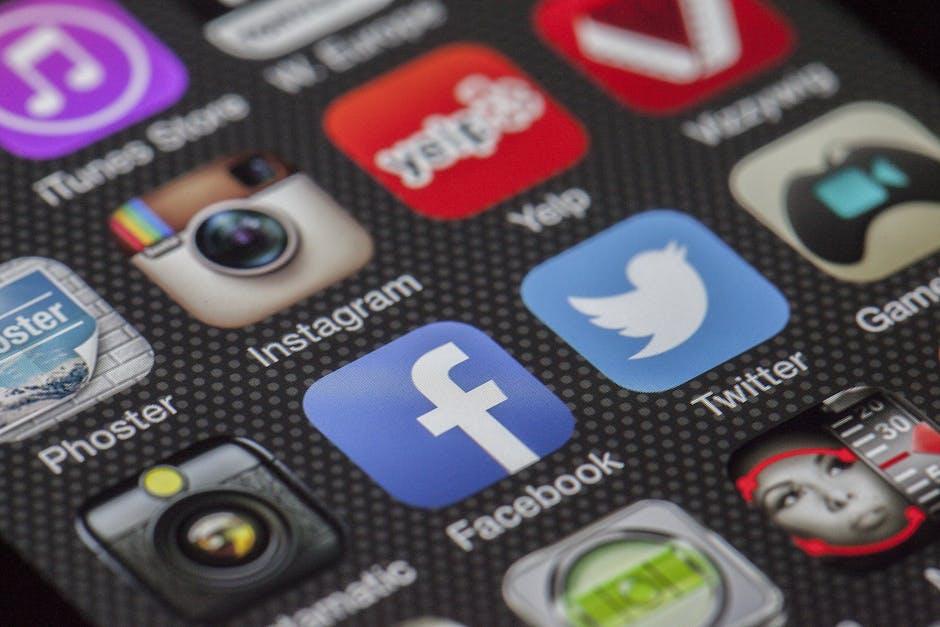Ever found yourself excitedly sharing a YouTube video that perfectly captures your latest obsession or teaches you that one nifty life hack? It’s as simple as clicking “share,” but before you hit that button, let’s pause a moment. Is sharing YouTube URLs a copyright no-no? While tossing around links feels as harmless as sharing a funny meme, the legal waters can get a bit murky. Just like a high-stakes game of telephone, the rules can twist and turn in unexpected ways. Let’s dive into the nitty-gritty of copyrights, explore whether sharing those shiny URLs could land you in hot water, and see what we can safely share in our digital playground.
Understanding the Fine Line Between Sharing and Stealing
When it comes to sharing YouTube URLs, the waters can get murky pretty quickly. Everyone loves to send their friends that hilarious cat video or the latest music drop, and it’s super easy to just hit the “Share” button. But here’s the catch: while sharing links to videos is typically okay, sharing the content itself—especially without permission—can cross into the territory of copyright infringement. Think of it like inviting your friends over to watch a movie; as long as you have the rights to show it, no problem! But if you’re streaming a blockbuster in your living room for a neighborhood party without permission, well, that’s a different story. The fine line lies in distinguishing between simply linking to content and using it in a way that could harm the creator’s rights.
To navigate this tricky path, it’s crucial to grasp a few key points:
- Linking vs. Embedding: Sharing a link just points someone to the original source, while embedding means you’re incorporating it into your own content.
- Creative Common Licenses: Some materials are free to share, but always check the licensing because not all creators give the green light.
- Fair Use Considerations: You might be safe under fair use for commentary or criticism, but it’s a grey area that requires careful thought.
Knowing these distinctions can save you from potential legal headaches while still letting you spread the joy of your favorite videos. The goal is to be a good digital citizen, respecting creators while sharing the laughter and music that brings us all together!

Why Fair Use Could Be Your Best Friend in URL Sharing
When you think about sharing a YouTube URL, it’s easy to get tangled up in thoughts of copyright infringement. But guess what? That nagging fear of legal trouble can often be eased by the concept of fair use. This doctrine acts like a safety net, allowing you to share content without stepping on any copyright toes, as long as you follow some basic guidelines. Think of fair use as your buddy who tags along to parties; he keeps you from making a total fool of yourself while still letting you enjoy the fun. So why not use it to spread the joy of your favorite videos?
Here’s how fair use can have your back when sharing URLs:
- Amount and Substantiality: Sharing a link means you’re not reproducing the content, just guiding people to it. That’s small peanuts compared to re-uploading.
- Purpose: If you’re sharing to educate, comment, or critique, you’re more in the clear than someone just reposting a cat video without context.
- Market Effect: Your link isn’t stealing views; it’s actually directing people to the source. Think of it as a shopkeeper pointing customers to the original store rather than lounging around with a replica in hand.
To make this even clearer, let’s look at a quick comparison to see how different sharing scenarios stack up:
| Sharing Method | Fair Use Consideration |
|---|---|
| Direct link to the video | Thumbs up! You’re not making copies. |
| Embedding the video | Still cool, as long as it’s done right! |
| Reuploading the video | No bueno. That’s a copyright violation. |
With fair use on your side, sharing URLs can be a walk in the park. It’s all about knowing where the line is drawn and, trust me, once you get the hang of it, you’ll find yourself sharing like a pro in no time!

The Risks of Mixing Links: What Every Creator Should Know
When it comes to sharing YouTube links, the waters can get muddy quickly. You might think, “Why not just share a link? It’s free advertising for everyone!” But hold on! There’s more to it than that. Mixing links from different sources can lead to unexpected consequences, especially if the content violates copyright. Not only could you face takedowns or strikes on your own channel, but your credibility as a creator could take a nosedive. Imagine sharing a perfectly curated video only to discover that the background music used in it is copyrighted material. You inadvertently put yourself in a position where you could be accused of infringing someone else’s work. This whole mess sparks the need for vigilance in understanding and complying with copyright laws in the digital realm.
Here’s a little checklist to consider before you hit that share button:
- Check Copyright Status: Is the video protected? If yes, is there permission to share it?
- Look for Creative Commons Licenses: These licenses may allow sharing with certain conditions.
- Consider Fair Use: Is your use transformative? Don’t bank on it unless you’re familiar with the law.
To further illustrate, let’s take a quick look at some common scenarios:
| Situation | Action | Risk Level |
|---|---|---|
| Sharing a music video with ads | Possible copyright violation | High |
| Embedding a tutorial with original content | No issue | Low |
| Linking to news commentary | Possible fair use | Medium |
So, before you mix and share, always assess your links like you would a fine wine—some pair well with dinner, while others are strictly solo acts. Stay informed, and don’t lose sight of your creative journey!

Best Practices for Sharing YouTube URLs Without the Headaches
Let’s dive into how to share YouTube URLs smoothly without turning into a copyright conundrum. First off, always make sure you’re sharing links to public videos. Nothing’s worse than sending a link to a private or removed video—it’s like handing someone a map to a treasure chest that isn’t there anymore! Use the Share button below the video to grab that perfect URL; it’s a surefire way to get the right link. Furthermore, consider adding a little context when sharing links on social platforms or via messaging apps. A brief description can go a long way—it’s like giving your friend a heads-up on what they’re about to watch, and it helps prevent any misunderstandings, too!
Now, let’s be honest: sometimes you might want to share clips from a longer video or a portion of content that resonates with you. In that case, using timestamps can be a game-changer! Just add #t=1m30s at the end of your URL if you want to start the video at one minute and thirty seconds. Also, it’s wise to give credit where credit is due. If the video includes content from other creators, acknowledging them in your post or comment helps everyone feel appreciated and keeps the vibes right. After all, sharing is caring, and it’s all about creating a community of mutual respect!

Closing Remarks
So, there you have it! Sharing YouTube URLs might seem as harmless as passing a favorite song recommendation to a friend, but it treads a fine line in the copyright world. While most creators are thrilled to have their work shared—it’s like a virtual high-five—it’s crucial to respect those who pour their heart and soul into their content. Always check if the video’s got a thumbs up for sharing, and consider the context. Just like you wouldn’t sneak a slice of cake from a bakery without asking, it’s best to play by the rules when it comes to digital goodies. Next time you’re about to hit that share button, think about the creator behind the curtain. Happy sharing, and may your playlists be ever interesting!

